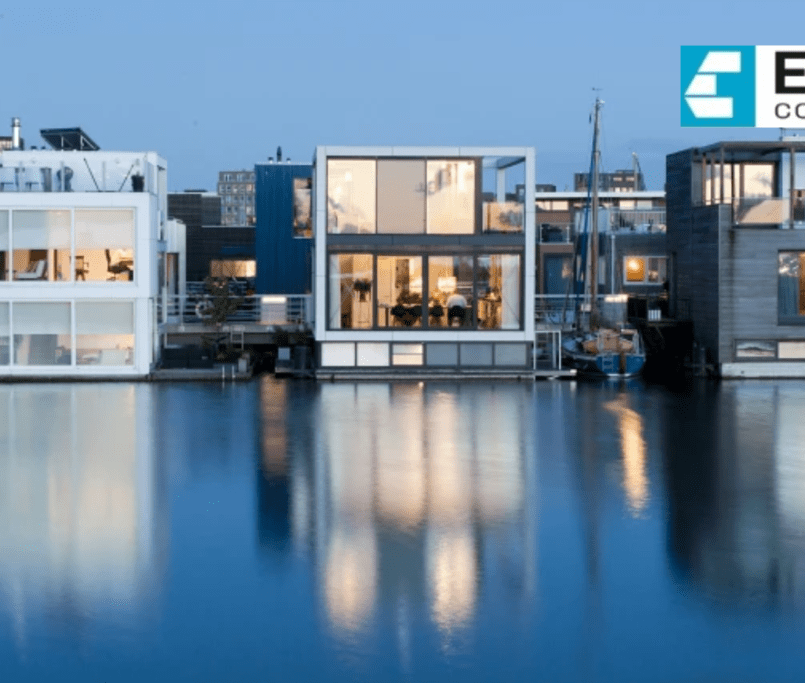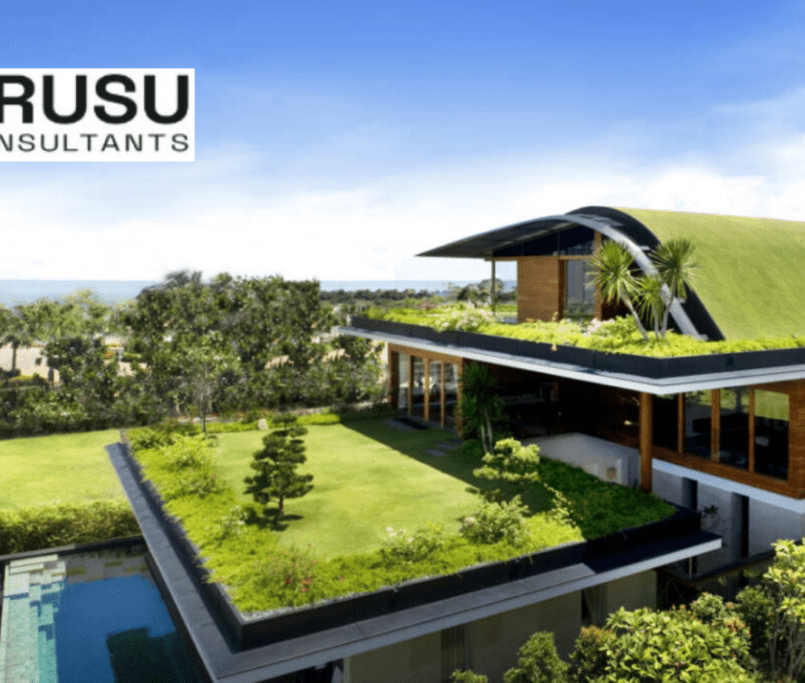Maximizing Efficiency: Managing Resources in Architectural Engineering Businesses
In the realm of architectural engineering, the effective management of resources is paramount for successful architectural design endeavors. From personnel and materials to time and finances, every aspect plays a pivotal role in shaping the success and efficiency of architectural design projects. Navigating the complexities of resource management is a multifaceted challenge that requires a strategic approach. In this article, we delve into the key strategies and practices for effectively managing resources in architectural engineering businesses while prioritizing optimal architectural design outcomes.
1. Talent Acquisition and Team Optimization:
A skilled and motivated team forms the cornerstone of any architectural design venture. Recruiting individuals with diverse skill sets, fostering a collaborative environment, and investing in continuous training are crucial for achieving exemplary architectural design projects. Team optimization involves identifying strengths and allocating tasks accordingly, promoting a balanced workload, and ensuring effective communication within the architectural design team. Utilizing specialized software for project management and collaboration can streamline workflows, enhance coordination, and boost productivity in architectural design projects.
2. Sustainable Material Selection and Procurement:
Selecting sustainable materials not only contributes to environmentally conscious architectural design practices but also influences the efficiency and longevity of a project. Understanding the life cycle of materials, their durability, environmental impact, and cost-effectiveness is essential for architectural design success. Establishing relationships with reliable suppliers, negotiating favorable terms, and optimizing inventory management can minimize waste and ensure a steady supply of materials for architectural design projects.
3. Time Management and Project Planning:
Efficient project planning and time management are pivotal in meeting deadlines and optimizing resources for architectural design projects. Utilizing techniques such as Building Information Modeling (BIM) can facilitate comprehensive project planning, enabling better visualization, coordination, and error detection in the early stages of architectural design projects. Implementing realistic timelines, monitoring progress, and adapting to unforeseen challenges are crucial for successful project completion within stipulated schedules in architectural design.
4. Financial Management and Cost Control:
Prudent financial management is imperative for the sustainability of architectural design businesses. This includes accurate cost estimation, budget allocation, and diligent monitoring of expenses in architectural design projects. Implementing cost-saving measures without compromising quality, regularly reviewing budgets, and identifying potential cost overruns early in the architectural design process are essential for financial stability.
5. Technology Integration for Efficiency:
Embracing technological advancements can significantly enhance efficiency in architectural design and engineering. Utilizing advanced software for architectural design, analysis, and project management streamlines processes, improves accuracy, and facilitates seamless collaboration among architectural design teams. Automation of repetitive tasks further optimizes workflows in architectural design, allowing teams to focus on higher-value activities.
6. Risk Assessment and Mitigation:
Identifying potential risks and developing contingency plans is a proactive approach to resource management in architectural design projects. Conducting thorough risk assessments at various architectural design project stages allows for early identification of challenges and enables the implementation of mitigation strategies. This proactive stance minimizes disruptions and ensures smoother progression of architectural design projects.
Conclusion
Efficient resource management in architectural engineering businesses is a harmonious blend of strategic planning, leveraging technology, fostering a skilled workforce, and adopting sustainable practices in architectural design. By prioritizing effective talent management, sustainable material procurement, meticulous planning, prudent financial strategies, technological integration, and proactive risk management, businesses can navigate challenges and optimize resources for successful architectural design outcomes.
Remember, the effective utilization of resources not only enhances project efficiency but also sets the foundation for sustainable growth and innovation in architectural design and engineering businesses.






